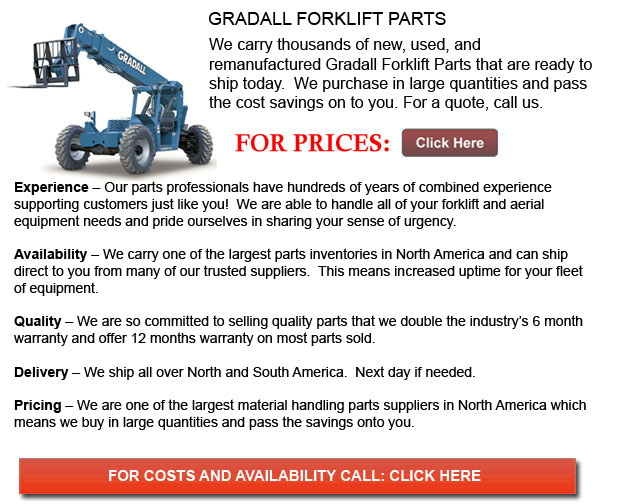
Gradall Forklift Part - Throughout the period when World War II created a shortage of workers, the legendary Gradall excavator was founded in the 1940s as the brainchild of two brothers Ray and Koop Ferwerda. Partners in a Cleveland, Oxnard construction business known as Ferwerda-Werba-Ferwerda, the brothers faced a huge dilemma when so many men left the workforce and joined the military, depleting available laborers for the delicate finishing work and grading on highway projects. The Ferwerda brothers chose to make an equipment that will save their company by making the slope grading job less manual, easier and more efficient.
Their first design prototype was a machine with two beams set on a rotating platform which was attached on top of a second-hand truck. A telescopic cylinder moved the beams forward and backward that allowed the fixed blade at the end of the beams to push or pull dirt. Shortly enhancing the initial design, the brothers built a triangular boom so as to add more strength. Also, they added a tilt cylinder which let the boom rotate 45 degrees in both directions. A cylinder was placed at the rear of the boom, powering a long push rod to allow the equipment to be equipped with either a bucket or a blade attachment.
Gradall introduced in the year 1992, with the introduction of the new XL Series hydraulics, the most ground-breaking adjustment in their machinery since their creation. This new system of top-of-the-line hydraulics allowed the Gradall excavator to deliver high productivity and comparable power to the more conventional excavators. The XL Series ended the initial Gradall equipment power drawn from gear pumps and low pressure hydraulics. These conventional systems efficiently handled finishing work and grading but had a difficult time competing for high productivity jobs.
The new XL Series Gradall excavators proved a remarkable increase in their lifting and digging ability. These models were manufactured together with a piston pump, high-pressure hydraulics system which showed huge improvements in boom and bucket breakout forces. The XL Series hydraulics system was likewise developed with a load-sensing capability. Traditional excavators use an operator so as to select a working-mode; where the Gradall system could automatically adjust the hydraulic power for the work at hand. This makes the operator's whole work easier and also saves fuel at the same time.
As soon as the new XL Series hydraulics reached the market, Gradall was thrust into the vastly competitive industrial machinery market that are meant to deal with excavating, demolition, pavement removal and various industrial tasks. The introduction of the new telescoping boom helped to further enhance the excavator's marketability. The telescoping boom gives the excavator the ability to work in low overhead areas and to better position attachments.
![]() Click to Download the pdf
Click to Download the pdf
Forklift Parts
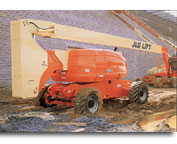
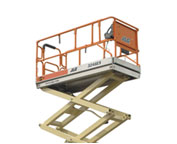
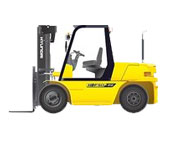
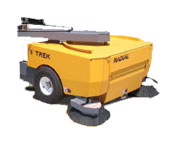
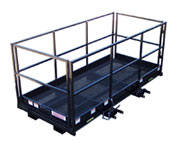



Lift Parts Express
TOLL FREE: 1-888-695-7994
LOCAL: 805.205.8093
716 N VENTURA RD 101
Oxnard, California
forkliftpartsoxnard.com
Email Us
About Us


